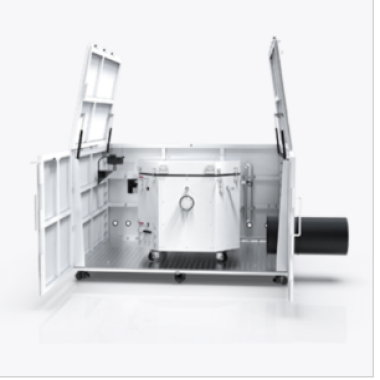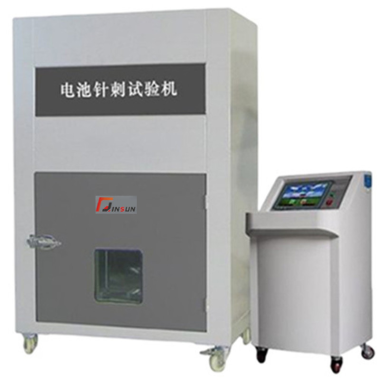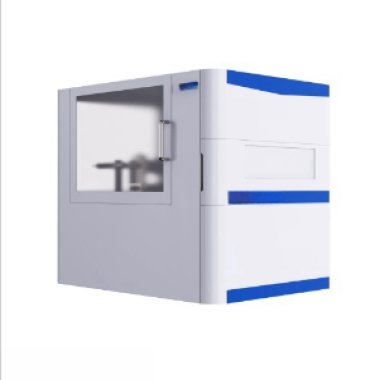
Battery Adiabatic Calorimeter
Category:Battery performance tester
Introduction
Reference Standards
GB/T 36276 – 2023 Lithium – ion Batteries for Electric Power Energy Storage
UL 9540A ASTM E1981 – 98(2012) SN/T 3078.1 – 2012:
Guidelines for the Evaluation of Thermal Stability of Chemicals – Part 1: Accelerated Calorimetry Method
USABC SAND99 – 0497. July 1999: 3.2
Thermal Stability Tests SAE J2464 – R2009: 4.4.2
Thermal Stability Tests Freedom CAR SAND 2005 – 3123: 4.1 Thermal stability UL 1973
GB 38031 – 2020 Safety Requirements for Power Batteries of Electric Vehicles
Product Features
Precision: The self – heating detection sensitivity is far better than the standard detection threshold of 0.02°C/min. It has high thermal insulation performance and a small temperature difference between the wall and the sample.
Efficiency: With an innovative heating wire assisted heating solution, the experimental efficiency can be increased by up to 5 times. Safety: It is equipped with safety protection measures such as burst discs, pressure relief valves, and explosion – proof boxes. The professional alarm system design comprehensively ensures the safety of personnel and equipment.
Innovation: It has the innovative function of adiabatic thermal runaway – gas production combined analysis, enabling a comprehensive acquisition of the characteristic parameters of battery thermal runaway.
Technical parameters:
Adiabatic chamber effective size: diameter 800mm, depth 520mm
Self-exothermic detection sensitivity: better than 0.02℃/min
Constant temperature wall sample temperature difference: ≤ 1℃
Temperature control range: RT ~ 300℃, configuration of low temperature module up to -25℃
Working pressure range: 0 ~ 2MPa
Temperature tracking rate: 0.02 ~ 15℃/min
Needle maximum stroke: stroke software can be set up
Charge and discharge electrode column overcurrent capacity: -1000A ~ 1000A


